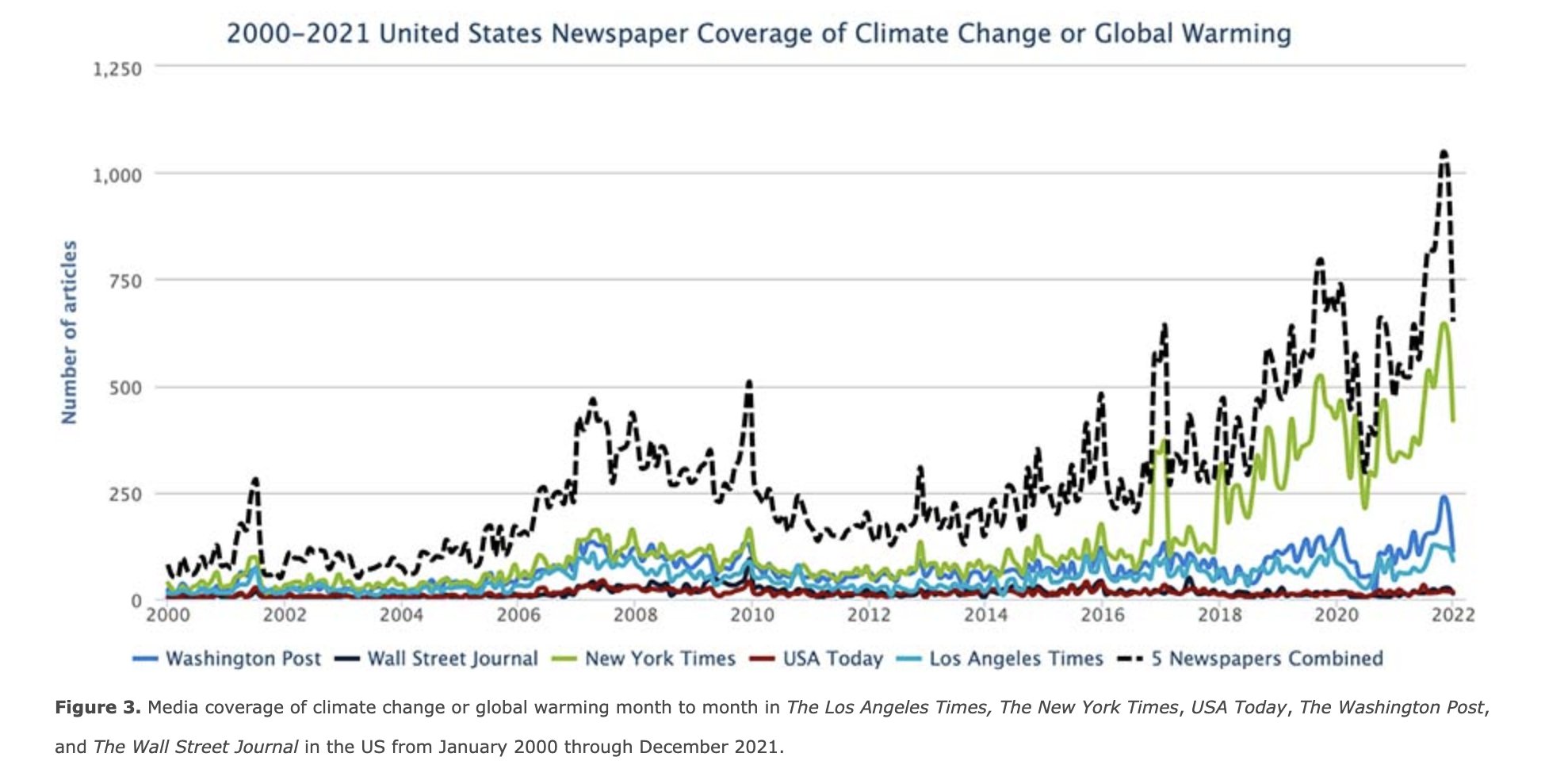A clear message from science
“There is a rapidly closing window of opportunity to secure a livable and sustainable future for all (very high confidence).”
This is the most striking sentence in a 37-page summary, issued today, of the latest report by the Intergovernmental Panel on Climate Change. It tells us what’s possible. It tells us the stakes.
The report has been compiled by hundreds of scholars and approved by the representatives of 195 countries. The italicized phrase represents the authors’ degree of certainty. The italics are theirs, not mine.
The report is sobering, gut-wrenching and above all, practical. Its clearest takeaway: The continued use of fossil fuels is harming all of us, and harming some of us a lot more.
It lays out the present impacts and imminent risks of climate change and it offers a number of options to both adapt to an inevitably hotter planet and prevent Earth from getting unmanageably hotter still. It calls for a swift, sharp reduction in fossil fuel use if the world is to stay within a relatively safe planetary boundary. That is, to limit the global average temperature to within 1.5 degrees Celsius, or 2.7 degrees Fahrenheit, above preindustrial levels.
It plainly warns that the world is on track to exceed that threshold, at least temporarily, in the first half of the 2030s.
The actions taken during this decade will “largely determine” what happens for centuries to come.
The Secretary General of the United Nations, António Guterres, called it a “how to guide to defuse the climate time bomb.”
Where are we now?
The average global temperature is 1.1 degrees Celsius higher than it was at the start of the industrial age. It’s risen faster since 1970 than during any 50 year period.
That much warming has already threatened food and water security, the report concludes, brought on “trauma” after extreme weather events and the “loss of livelihoods and culture.”
We are not the only species at risk, as “impacts on some ecosystems are approaching irreversibility.”
The summary is striking for how many references it includes to losses and damages already suffered by communities around the world.
We are not all the same.
Among the world’s 8 billion people, 10 percent of households are responsible for 34 to 45 percent of greenhouse gas emissions. (We told you about the climate footprints of the richest 10 percent in an earlier newsletter.)
“Vulnerable communities who have historically contributed least to current climate change are disproportionately affected,” the report said. (Read more in our series, published in 2020, called Inequity at the Boiling Point.)
Where are we headed?
There’s a high chance of exceeding the 1.5 degree mark, as my colleague Brad Plumer writes in his article on the report.
But it’s possible to shift course. That would require reducing greenhouse gases by half by 2030 and, after that, adding no more carbon dioxide to the atmosphere by the early 2050s.
Even if the global average rises above 1.5 degrees Celsius, every degree after that matters, Joeri Rogelj, director of research at the Grantham Institute for Climate Change and the Environment at Imperial College London, told Brad. “There’s clear evidence that 1.5 is better than 1.6, which is better than 1.7, and so on,” Rogelj said. “The point is we need to do everything we can to keep warming as low as possible.”
What can be done?
Perhaps its most infuriating observation is also its most encouraging. The report lays out many known remedies and shows what would make the biggest difference to keep warming as low as possible, and also adapt to the climate hazards that are now inevitable. Expand solar and wind power. Improve energy efficiency. Make cities more friendly for walkers and cyclists. Reduce nitrogen pollution from agriculture. Eat better. Reduce food waste.
The report defines climate remedies broadly. It also urges strengthening social safety nets for those most vulnerable, including health insurance.
It struck me that many of these changes don’t mean giving up good things. It could mean having more good things, like exercise, cleaner air and better public health.
It does mean giving up one big thing that is the main driver of warming: Fossil fuels. The emissions produced by existing oil and gas installations, coal-fired power plants, gas and diesel guzzling trucks, and factories that burn fossil fuels would blow past the critical warming threshold.
Why does the report matter?
For starters, it distills the latest science on a profound global challenge.
More important, it poses a challenge to countries that are still actively building fossil fuel projects. The United States approved a giant oil drilling project on federal land in Alaska last week. China issued permits for dozens of coal-fired power plants last year. The host of the next round of climate negotiations, the United Arab Emirates, is a major oil producing nation. The official who is leading the preparations for the summit, scheduled to be held in November and December, is the head of the state oil company, Sultan Al Jaber.
The report by the I.P.C.C. will serve as a basis for those negotiations, which are held under the auspices of the United Nations. Not only will it add ballast to those pressing for a rapid phase out of fossil fuels, it could also well strengthen the calls for greater financial support from historic polluters.
The report makes the case that to see practical progress, much more money is needed to help countries adapt to the hazards of warming and pivot away from fossil fuels. “If climate goals are to be achieved both adaptation and mitigation financing would need to increase manyfold,” it states.





